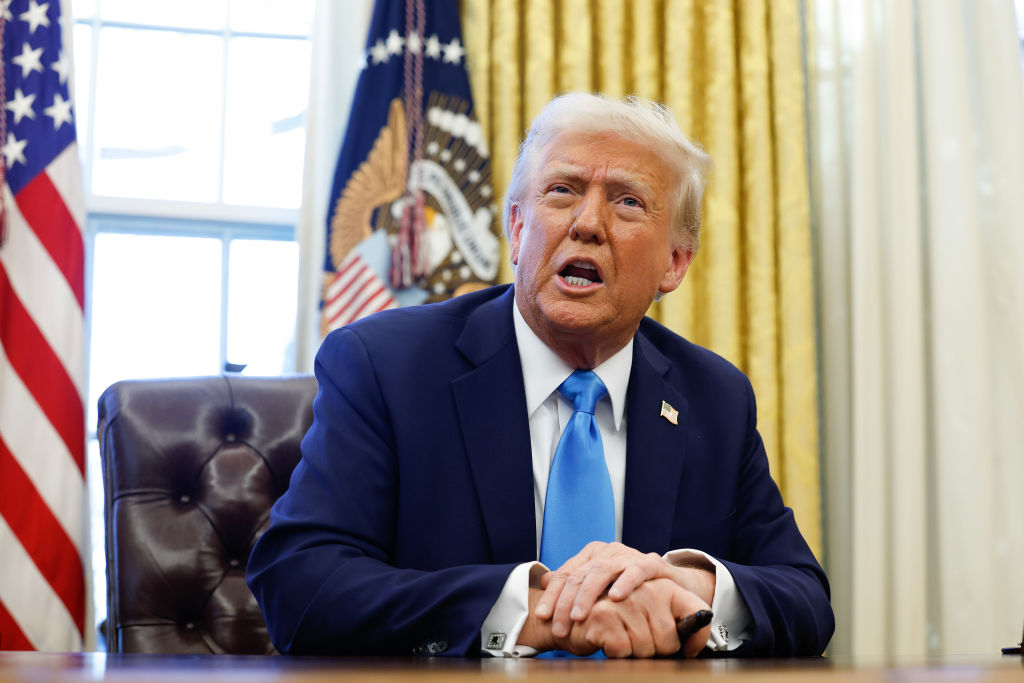The Trump Administration’s Bold Plan to Use Blockchain in USAID
In a move that could reshape how foreign aid is distributed, the Trump administration has unveiled plans to integrate blockchain technology within the United States Agency for International Development (USAID). This initiative, according to a recent internal memo from the State Department, aims to enhance security, transparency, and traceability in the management of humanitarian and developmental assistance. By incorporating blockchain’s decentralized ledger system, the administration seeks to improve the integrity and efficiency of aid distributions worldwide.
A Transformative Approach to Aid Distribution
The essence of this initiative lies in harnessing blockchain technology to create a more accountable and transparent aid network. Traditional aid distribution systems often suffer from inefficiencies and lack of oversight, leading to potential corruption and misallocation of resources. The introduction of blockchain could address these issues by providing a verifiable system where every transaction is recorded and publicly accessible. This means that both donors and recipients can trace the flow of funds, ensuring that aid reaches those who need it most.
One of the declared goals is to promote innovation within the agency while focusing on measurable results. By implementing blockchain, the Trump administration hopes to not only streamline existing processes but also foster a greater culture of responsibility—one where efficiency is prioritized, and results can be directly linked to funding.
A Background of Disruption at USAID
The context for these changes is critical. Since the onset of Trump’s second term, USAID has faced major disruptions. The Department of Government Efficiency (DOGE), under Elon Musk’s leadership, has initiated drastic measures, including the shutdown of the agency, which has been criticized as corrupt and inefficient. This decision led to thousands of USAID employees being placed on leave and the shelving of many foreign aid programs. Consequently, the agency has grappled with significant internal turmoil and uncertainty surrounding its future operations.
In this atmosphere of crisis, the introduction of blockchain is positioned as a means to revitalize the agency—offering a modern solution to what many perceive as outdated practices.
Skepticism and Criticism from Experts
While the potential benefits of implementing blockchain in aid distribution sound promising, experts are raising eyebrows regarding this approach. Some argue that existing tools could provide similar levels of security and transparency without the added complexity that blockchain entails. Margie Cheesman, a digital anthropologist, highlighted in her recent research that many blockchain initiatives in humanitarian settings often do not yield the expected improvements. In fact, her findings indicated that blockchain technology can introduce additional costs without corresponding benefits. Many aid workers, she noted, lack even a fundamental understanding of blockchain, which can impede its implementation.
This skepticism is indicative of a broader debate within the sector. The humanitarian industry is rife with examples of innovative technologies that have failed to deliver, often due to a mismeasurement of their effectiveness or a lack of proper training.
Elon Musk and Government Efficiency
Elon Musk’s involvement with the DOGE and the exploration of blockchain technology for government processes cannot be overlooked. Musk’s vision includes improving tracking of federal expenditures and securing data, presenting this initiative as an opportunity to modernize federal technology. The comprehensive plan could potentially culminate in the largest government blockchain project in U.S. history, aimed at promoting transparency and reducing inefficiencies across various federal sectors.
In fact, recent reports suggest that Musk is paying careful attention to how blockchain can reshape the operational landscape of the government, aiming for a more integrated system that aligns federal procedures with 21st-century technological advancements.
The Path Ahead for USAID
As USAID prepares to embrace blockchain technology, the road will undoubtedly be filled with challenges. The combination of political changes, ongoing skepticism from experts, and the pressing need for effective internal reforms will shape the future of this initiative. The success of this ambitious plan hinges not only on the technology itself but also on the agency’s ability to adapt, train its personnel, and align its operations with new systems.
With the world watching closely, the Trump administration’s initiative has the potential to set a precedent for how government agencies can evolve by integrating cutting-edge technologies, thereby reimagining the landscape of international aid for the future. The unfolding narrative of USAID and blockchain represents a convergence of humanitarian imperatives and technological innovation, heralding a new chapter in aid distribution.












